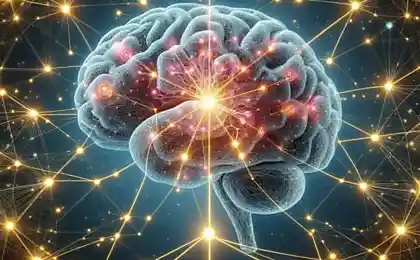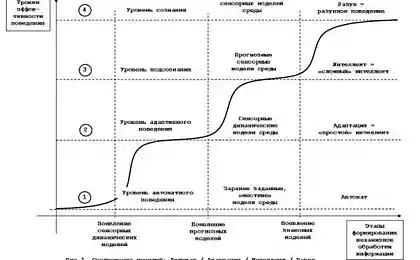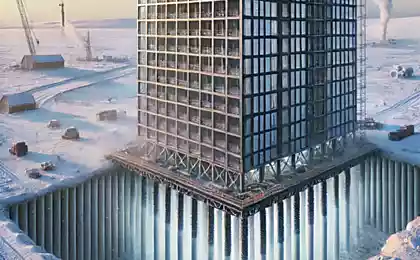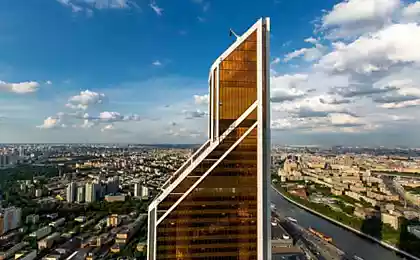296
Towers of the future: how artificial intelligence is changing the architecture of high-rise buildings

It is expected that by 2050 in the world will be built more than 200 skyscrapers with a height of more than 300 meters. Artificial intelligence (AI) will be a key factor that will impact their design and construction.
New design technologies
Traditional high-rise building design methods are based on the work of large teams of architects, engineers and consultants. But with the development of AI, this process is becoming more automated and efficient.
The main advantages of AI in design:
AI systems are able to model thousands of design options and designs, choosing the most optimal in terms of strength, economy and aesthetics.
Artificial intelligence can combine data from various sources (geological, climatic, energy, etc.) to create complex models.
Automation of calculations is able to perform complex engineering calculations and modeling much faster and more accurately than a person.
AI-based systems can adapt the project to the changing conditions of construction and operation of the building.
New materials and constructions
Self-healing materials
One of the key trends in the construction of skyscrapers will be materials with the possibility of self-healing. For example, concrete, which can fill cracks and chips due to special chemical additives.
Scientists at the University of British Columbia have developed graphene-based concrete that can restore up to 90% of its original strength after damage.
Adaptive facades
Artificial intelligence will allow you to create “living” facades that can change their shape, color and other characteristics in real time in response to changes in the environment.
“The future of skyscrapers is buildings that can adapt to the needs of their inhabitants and the environment. Artificial intelligence will become a nervous system that will allow them to “feel” and respond to change. Jane Smith, architect and expert on intelligent buildings
Environmentally friendly solutions
Artificial intelligence also plays a key role in improving energy efficiency and environmental friendliness of high-rise buildings.
Optimization of engineering systems AI algorithms allow you to fine-tune heating, cooling, ventilation and lighting systems to minimize energy consumption.
Intelligent systems are able to predict loads and optimally distribute energy from renewable sources.
Recycling and recycling helps to design buildings with the possibility of reuse of materials at the end of operation.
Artificial intelligence allows you to model the impact of a building on the environment at all stages - from construction to demolition.
The future of high-rise construction
Thus, artificial intelligence opens new horizons for the design, construction and operation of skyscrapers of the future. Buildings will become more energy efficient, adaptive and environmentally sustainable.
According to forecasts, by 2050, up to 30% of high-rise construction decisions will be made using artificial intelligence.
We have an exciting future ahead of us, where high-rise buildings are not just static structures, but living, intelligent organisms that can respond to the needs of their inhabitants and the environment.
How to build a skyscraper in the permafrost zone: engineering secrets of the towers of Norilsk
From the watchtower to the smart home: the evolution of high-rise structures in 1000 years























